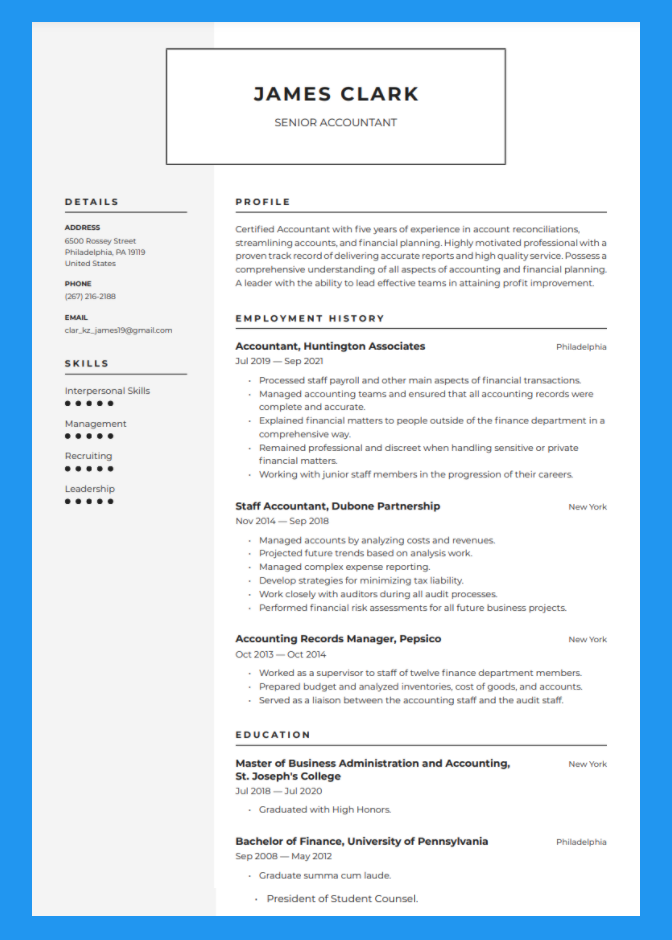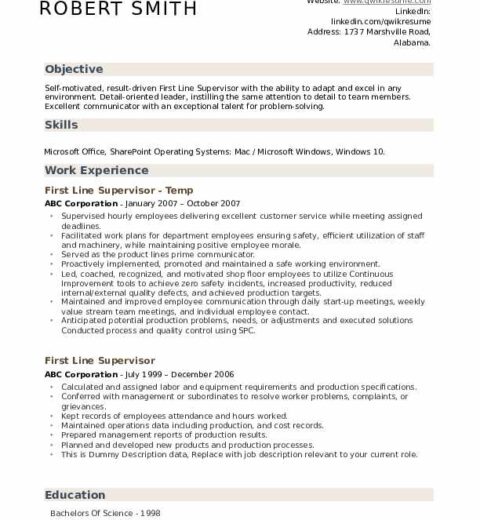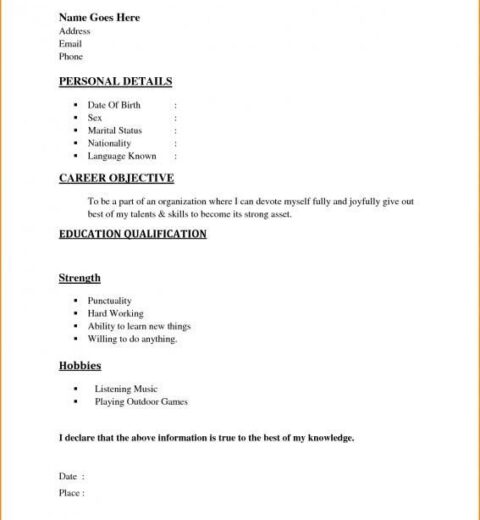In a competitive job market, standing out becomes imperative for job seekers. Among various elements of a resume, certifications hold significant weight. They not only validate your skills but also portray your commitment to personal and professional growth. Understanding how to effectively showcase these certifications can transform your resume from a mere collection of tasks into a compelling narrative of your qualifications and potential. This comprehensive exploration illuminates the importance of certifications and how to present them on your resume.
Firstly, one must grasp the essence of certifications. These qualifications attest to specialized expertise acquired through training, examinations, or professional development programs. They can span myriad fields, from technical certifications in IT and software development to certifications in project management, marketing, health and safety, and beyond. The diverse nature of certifications signifies that there is potentially something for nearly every profession to bolster one’s employability.
When contemplating the inclusion of certifications on a resume, the first question is: which certifications warrant mention? Not all certifications are created equal. Relevance is paramount; only include those that closely align with the job you are applying for. Researching the specific requirements and preferred qualifications in the job description will guide you to emphasize certifications that resonate with the potential employer. Furthermore, industry standards dictate that certain certifications are highly regarded. For instance, in technology roles, certifications from recognized bodies like CompTIA or Cisco can elevate your candidacy.
Once you have identified which certifications to include, the next step involves determining the optimal format. A clean, organized layout enhances readability. Generally, certifications should be listed in a dedicated section, distinctly labeled “Certifications” or “Professional Certifications.” This section should follow your education, allowing hiring managers to quickly grasp your qualifications. Each entry should include the name of the certification, the issuing organization, and the year obtained. For example:
- Project Management Professional (PMP), Project Management Institute, 2021
- Certified Information Systems Security Professional (CISSP), (ISC)², 2020
By structuring your certifications this way, you convey information efficiently, allowing hiring managers to assess your qualifications swiftly.
Beyond mere listing, contextualizing your certifications can be a transformative tactic. How do your certifications intersect with your experiences? If you’ve attained a certification that is particularly relevant to a project you completed, consider framing it within that context. For instance, if you are applying for a role in data analysis and have completed a certification in data visualization, incorporating a bullet point that showcases how this certification was instrumental in a previous data-related project can create a compelling narrative. This not only communicates the value of your certification but also illustrates how it enhances your capabilities in real-world situations.
Moreover, certifications can serve as a bridge to highlight transferable skills. You may, for example, have earned a certification in Agile management. This achievement not only denotes your familiarity with the Agile methodology but also signals your ability to adapt to different environments, manage teams, and optimize performance. Emphasizing such competencies broadens the appeal of your resume, particularly if you are transitioning between industries or professions.
Another crucial element is to maintain currency in your certifications. Many certifications require revalidation or continuing education credits to ensure that professionals remain updated with evolving standards and practices. This dedication to lifelong learning underscores your commitment to professional development. When listing certifications that are actively maintained, consider adding an expiration date or notation that indicates you are currently pursuing renewal. For instance:
- Certified ScrumMaster (CSM), Scrum Alliance, Valid until 2023
Moreover, a burgeoning trend is the inclusion of digital badges or micro-credentials, particularly in tech and creative fields. Many accrediting bodies offer a form of validation in the form of a digital badge, which can be embedded in your LinkedIn profile or other professional online presences. These digital representations serve to enhance credibility and are often easily shareable, amplifying your visibility to potential recruiters and employers.
As you prepare to present your certifications, consider the impact of visual layout and strategic placement within your resume. Employing a clean design, utilizing bullet points for easy scanning, and judicious use of whitespace can create a polished document. A bombardment of information can overwhelm hiring managers; thus, clarity and conciseness are paramount.
Nevertheless, while certifications showcase a certain level of skill, they should not overshadow other vital components of your resume, such as work experience, skills, and accomplishments. They serve as a complementary asset that enhances your profile rather than acting as solitary defining features. The synergy of these elements creates a comprehensive portrait of who you are as a candidate.
In conclusion, effectively showcasing certifications on a resume is an art that can significantly bolster your chances of securing an interview. By carefully selecting relevant credentials, presenting them in a clear and organized manner, contextually linking them to your experiences, and remaining current with revalidations, you can compellingly convey your expertise and readiness for the roles you pursue. This meticulous approach not only piques the curiosity of hiring managers but also sets you apart in the landscape of job applicants. So, view your certifications as not just markings of achievement but powerful tools that can unlock doors to your professional aspirations.




